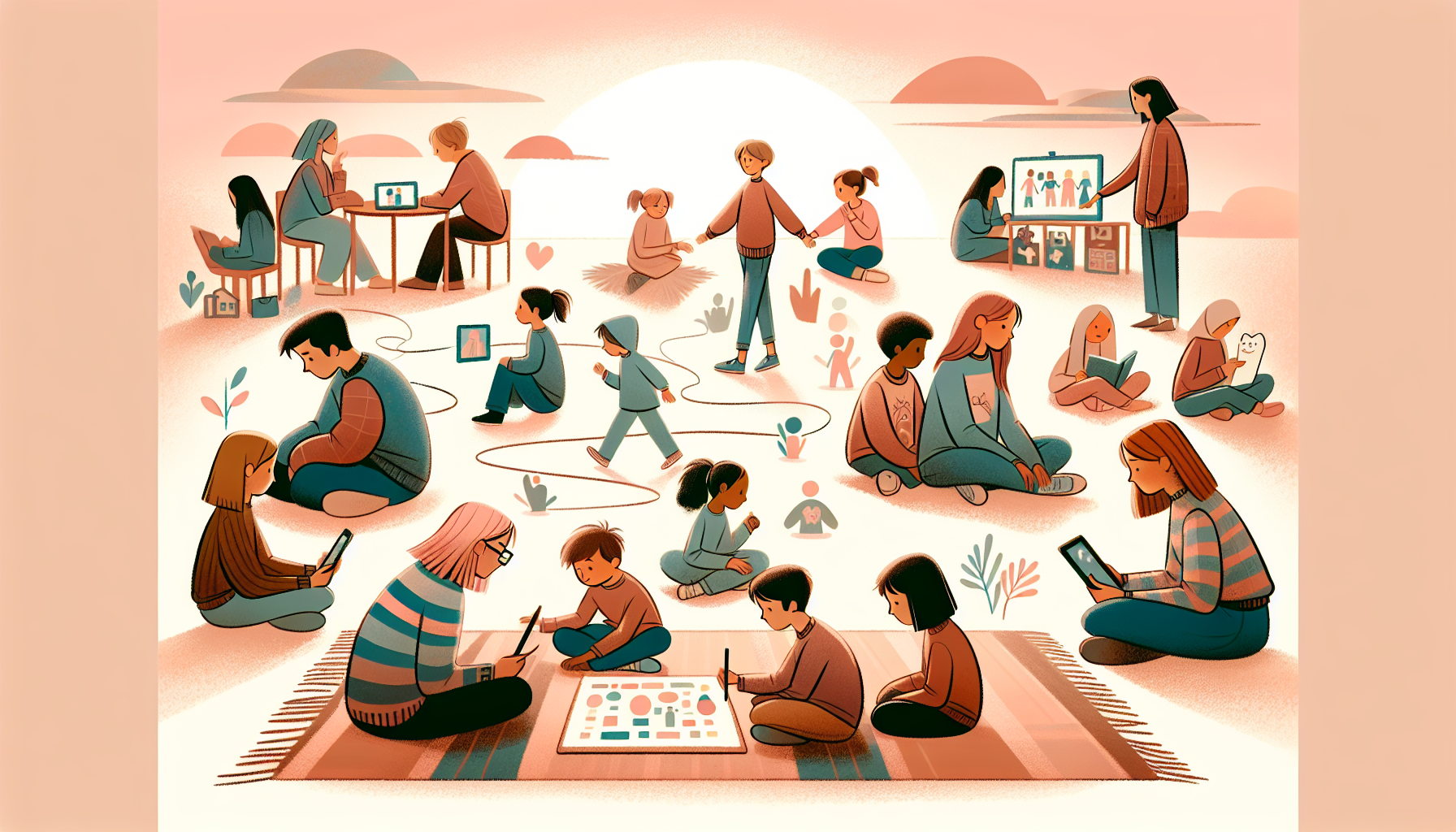Encouraging Children to Embrace Diversity
In our increasingly interconnected world, helping children embrace diversity is a crucial aspect of modern parenting. Teaching kids to appreciate differences fosters inclusivity, empathy, and compassion. As parents and future parents, understanding how to nurture these values in your children can set them on a path to becoming thoughtful, open-minded individuals. This article provides insights and practical strategies for encouraging children to embrace diversity.
Main Points
Children are naturally curious and open to new experiences, making early childhood a prime time to introduce the concept of diversity. Research indicates that exposing children to diverse environments positively impacts their development, promoting cognitive flexibility and emotional intelligence.
One effective approach is rooted in the principles of cognitive-behavioral therapy (CBT). CBT emphasizes the importance of thoughts and beliefs in shaping behaviors, suggesting that by nurturing positive attitudes towards diversity, parents can help children develop inclusive behaviors.
Addressing children’s psychological needs is also essential. For instance, the need for safety can be met by creating a home environment where diversity is celebrated rather than feared. Encouraging autonomy allows children to explore different cultures and perspectives, fostering a sense of independence and confidence in their ability to navigate diverse settings. Lastly, promoting self-expression gives children the opportunity to share their unique thoughts and experiences, reinforcing the idea that every voice is valuable.
Practical Recommendations
- Model Inclusivity: Children learn by observing. Display inclusive behavior in your daily interactions, and encourage your children to do the same.
- Read Diverse Books: Choose books that feature characters from various backgrounds and cultures. Discuss the stories and ask your children what they learned from them.
- Celebrate Cultural Events: Participate in cultural festivals and events. This hands-on experience can help children appreciate the beauty of diversity.
- Encourage Open Conversations: Create a safe space for your children to ask questions about differences they notice. Answer honestly and encourage respectful dialogue.
- Use Media Mindfully: Choose TV shows and movies that portray diverse characters and situations. Discuss the content with your children to understand their perspectives.
Conclusion
Incorporating strategies to encourage children to embrace diversity not only benefits their personal development but also contributes to a more inclusive and harmonious society. By modeling inclusivity, providing diverse experiences, and fostering open communication, parents can guide their children to become empathetic, understanding, and compassionate individuals. As we embrace diversity in our families and communities, we pave the way for a brighter and more connected future.
For more resources on fostering inclusivity and effective parenting strategies, explore our other articles on the Child Mind website.

